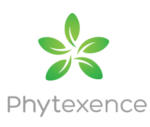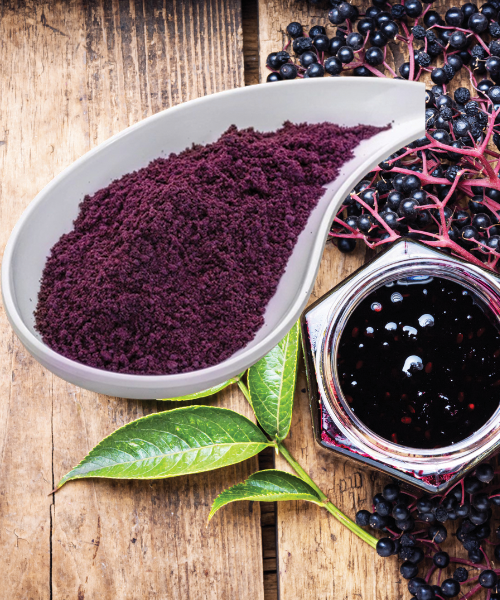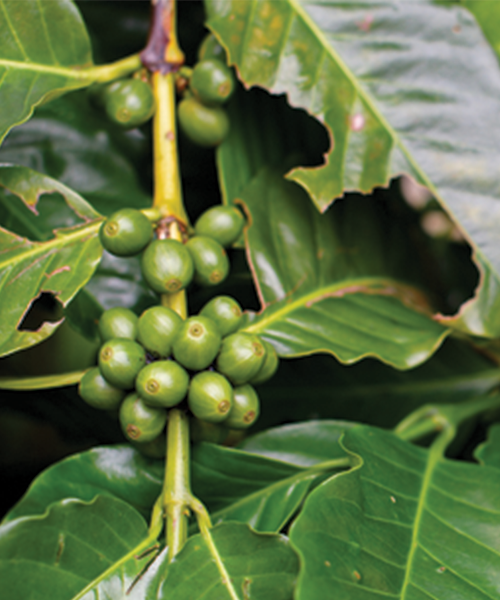Many consumers are looking for fruits and vegetables or food products, in which synthetic additives were replaced by natural components. The etiology of lifestyle diseases is related to oxidative stress, so natural antioxidants play a substantial role for the production of functional foods. A healthy diet is an important factor in a healthy lifestyle that is becoming increasingly important in today’s society. Elderberry fruit has long been known and also since the days as a herbal medicine. This fruit is known as traditional herbal medicine in many countries ranging from Europe, North America, West Asia and North Africa.
In many countries in the world, berries of S. nigra are traditionally used for their diaphoretic and diuretic action, and in the treatment of multiple viral infections, including the common cold and influenza but also in the treatment and prevention of diabetes, cardiovascular diseases and cancers.
Elderberries have many benefits since the fruit contains: Flavonoids, Vitamin A, Vitamin B, Vitamin C, Tannin, Phosphor, Calcium, Potassium, Viburnic acid, Carotenoids, Amino acid, and Antioxidants. Elderberry a rich source of bioactive compounds like anthocyanins. Attractive color and water solubility of anthocyanins along with their positive therapeutic effect make elderberry as fruits potential substitutes for foodstuff additives or food supplements.
Krüger et al. (2015) investigated dried and fresh fruits of four cultivated and six wild growing elderberry for compounds acting as radical-scavengers, antimicrobials, estrogens, and acetylcholinesterase or tyrosinase inhibitors. Additionally, the anthocyanin content was higher in berries of cultivars than of wild growing plants. The anthocyanins’ radical scavenging activity and antimicrobial effect against A. fischeri were confirmed. A. fischeri is a gram-negative bacteria. Further, a radical scavenging compound affecting A. fischeri and acting as acetylcholinesterase inhibitor was tentatively assigned by its protonated molecule at m/z 456 as either ursolic or oleanolic acid by HPTLC34 ESI-MS.
Find out our elderberry extract on this link, contact us for more info.
1] Krüger, S., M. Mirgos, G.E. Morlock. 2015. Effect-directed analysis of fresh and dried elderberry(Sambucus nigra L.) via hyphenated planar chromatography. Journal of Chromatography A. http://dx.doi.org/10.1016/j.chroma.2015.11.021



